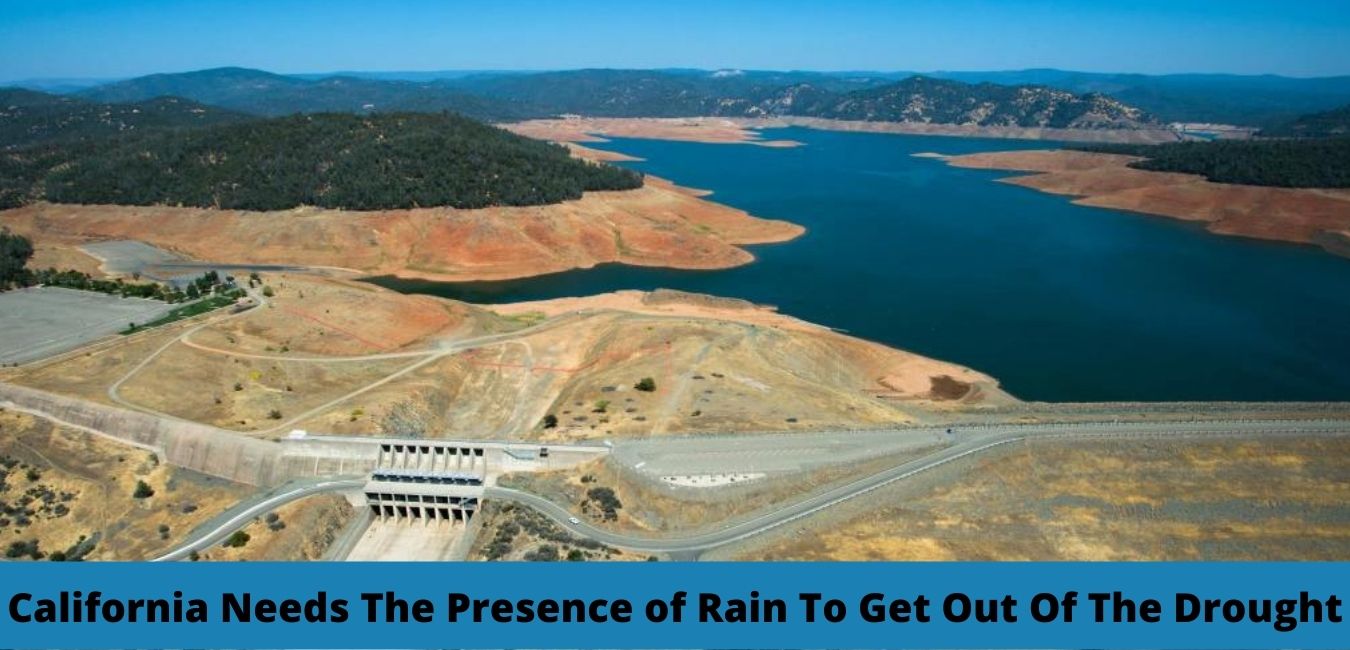Drought conditions in California are getting more precarious, but there is hope that winter will bring abundant rain and even snow.
The state agency that manages the response to the drought, the California Department of Water Resources, was commissioned to create a model from the United States Geological Survey, based on climate data from 1896 to 2010, in addition to a set of 18 projections climatic conditions to develop hydrological production, such as snow cover, runoff, and climatic water deficit.
Jeanine Jones, who leads the state’s drought effort as an interstate resource manager for the California Department of Water Resources, said: “We are entering winter with depleted storage in many reservoirs and very dry preconditions. Interestingly, using something called the USGS Basic Characterization Model, we anticipated that it would take 140% of the average rainfall to get to the average state runoff. “
Jones reported that runoff must be extremely high this year to help replenish the state’s streams and reservoirs after two consecutive dry winters.
Additionally, he said: “We know that when there is a single dry year, let alone a prolonged period of drought as we have experienced over the last decade, runoff efficiency decreases. Runoff efficiency is the relationship between runoff and precipitation. So if the climate system is dry, you are paying a tax to the system. You get less for your investment. We would have to have a very wet year, and those don’t happen that often. “
Historically, California has experienced long periods of drought, but research suggests that droughts are becoming more common as the rains become more intense and unpredictable.
It is impossible to predict what will happen in California next winter perfectly. However, in the preliminary forecast of the National Oceanic Administration’s Climate Prediction Center from November to January, it is said that there is a predisposition to a warmer climate of normal for the entire state, which is “probably below” normal precipitation for the south, and “sloped below” normal for the central region including the Bay Area and equal chances of normal and below than normal for the far north.
Read More: How the Delta Variation Cooled California’s Economic Outlook
Final words
Jan Null, the California meteorologist, who also worked for the National Weather Service for more than 20 years, said he would not bet money on these kinds of forecasts, especially today when there is a climate so changeable that it can no longer be predicted with precision, just as it was done in the past.
Read More: A Tropical Storm Could End As A Category 4 Hurricane

Leave a Reply